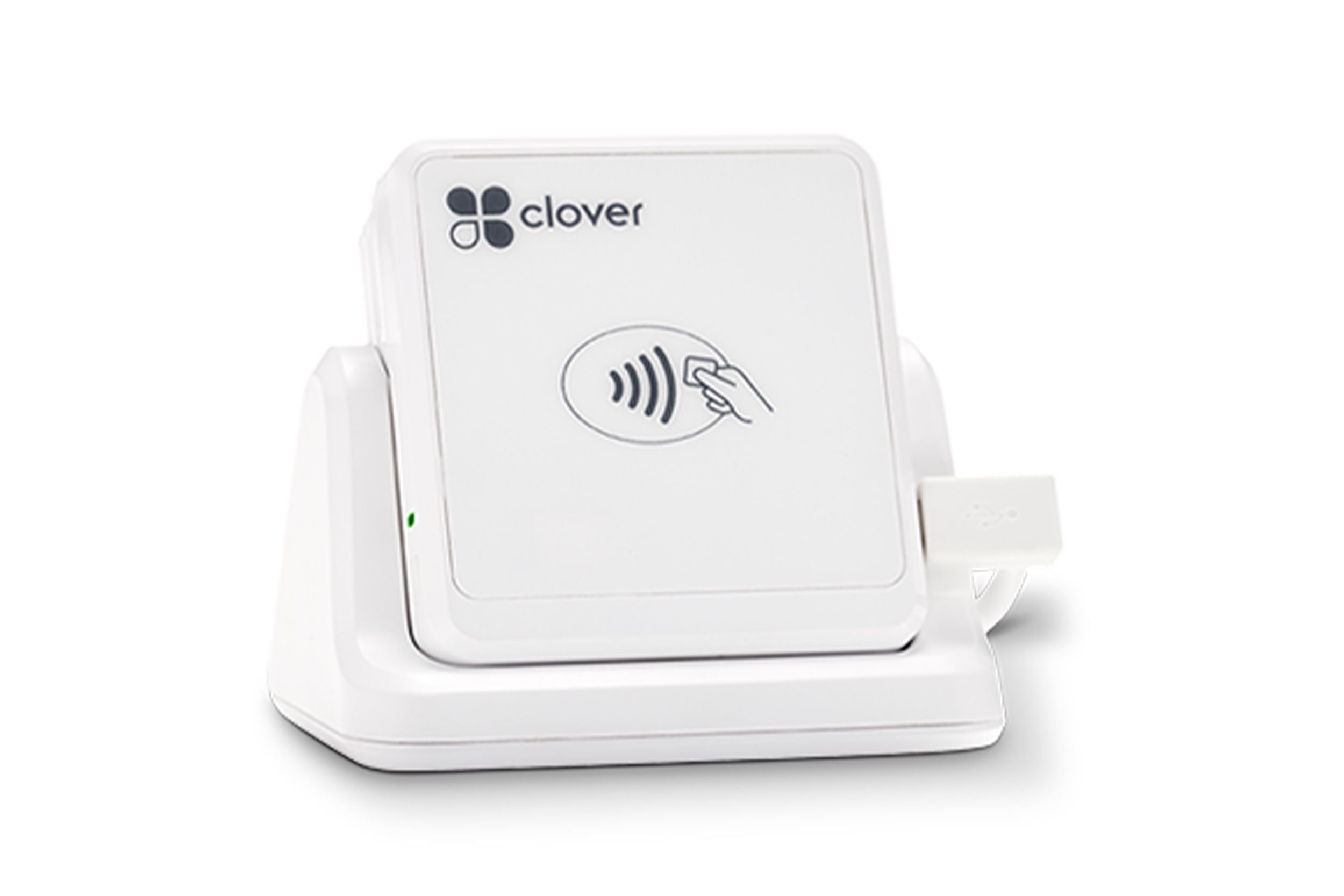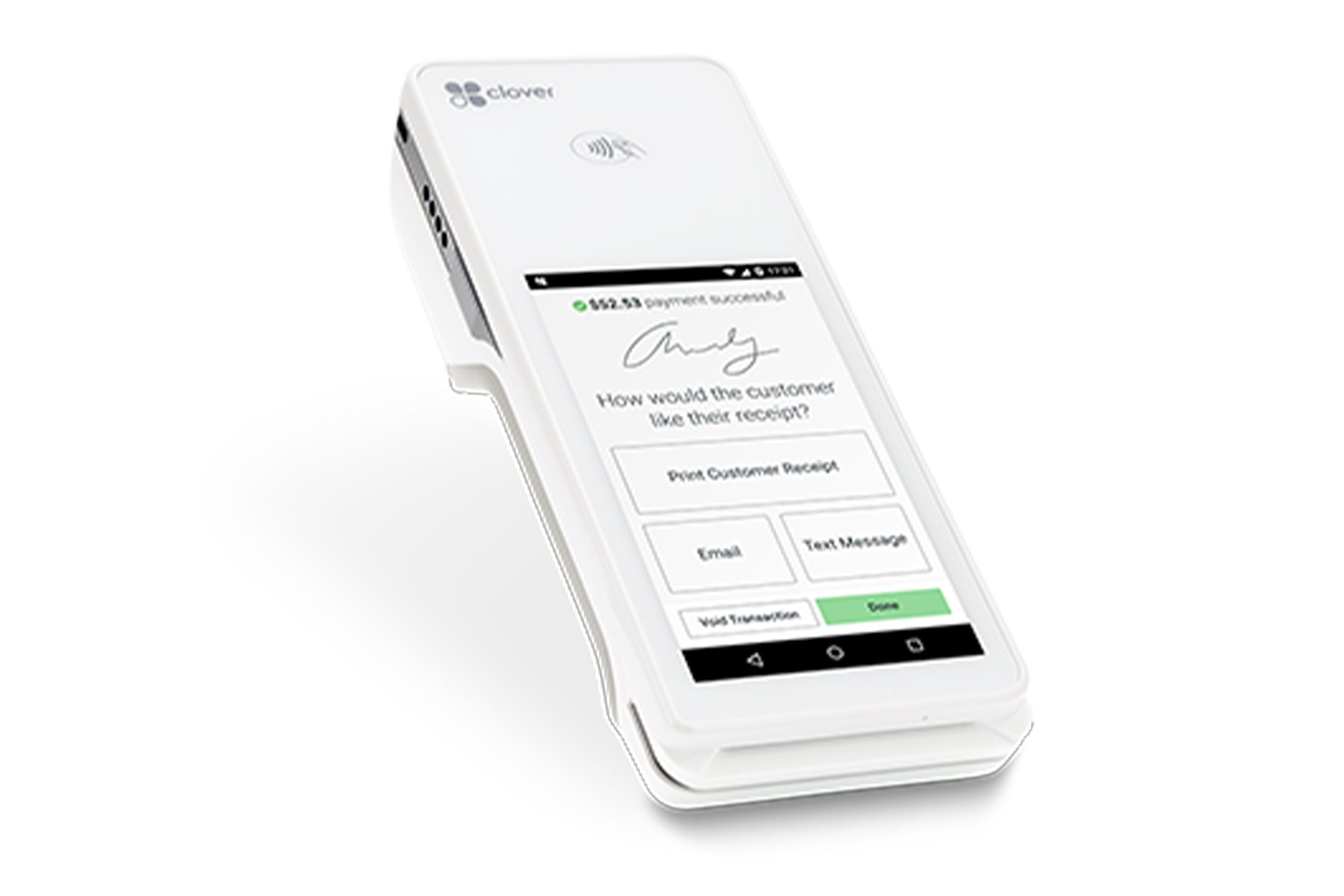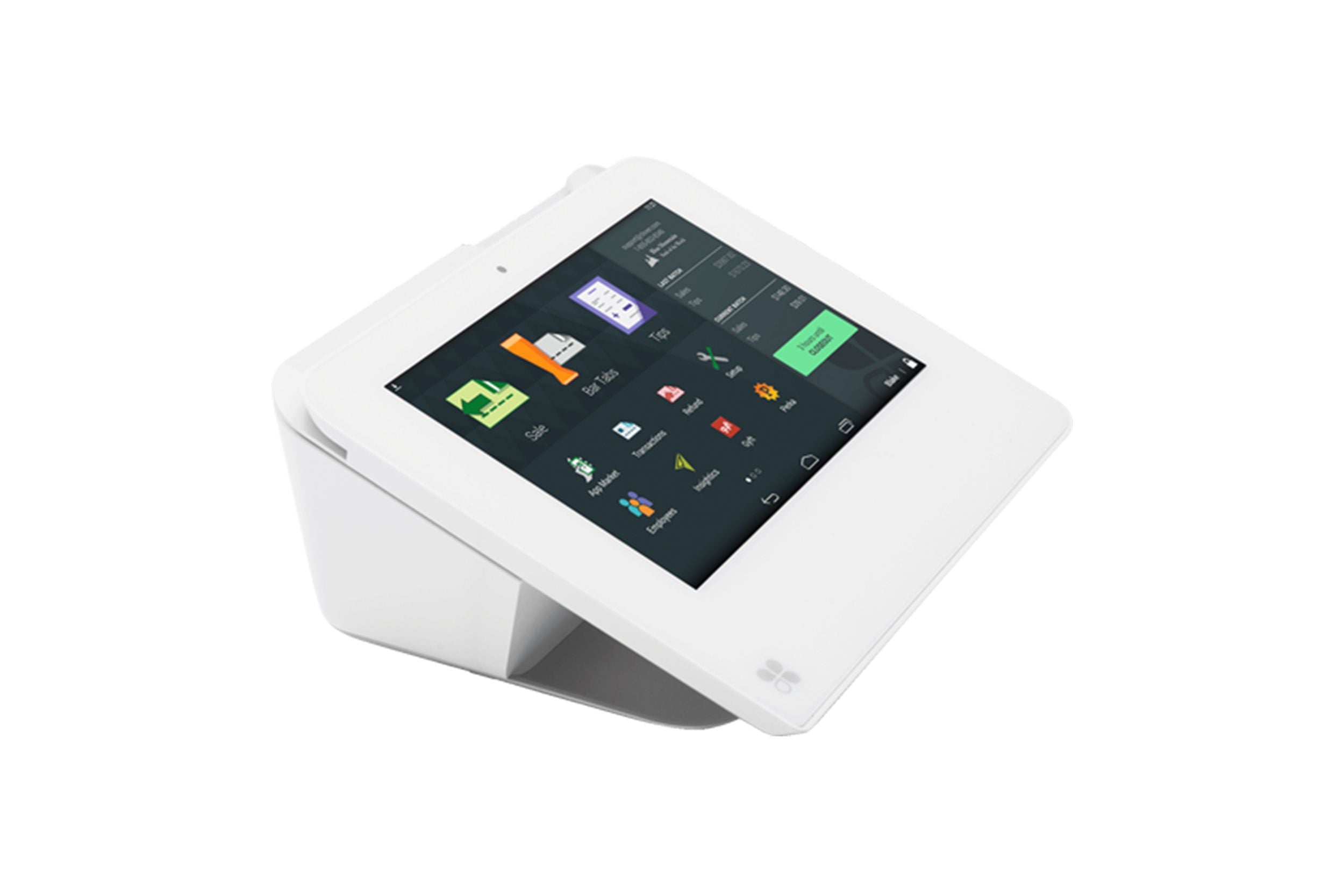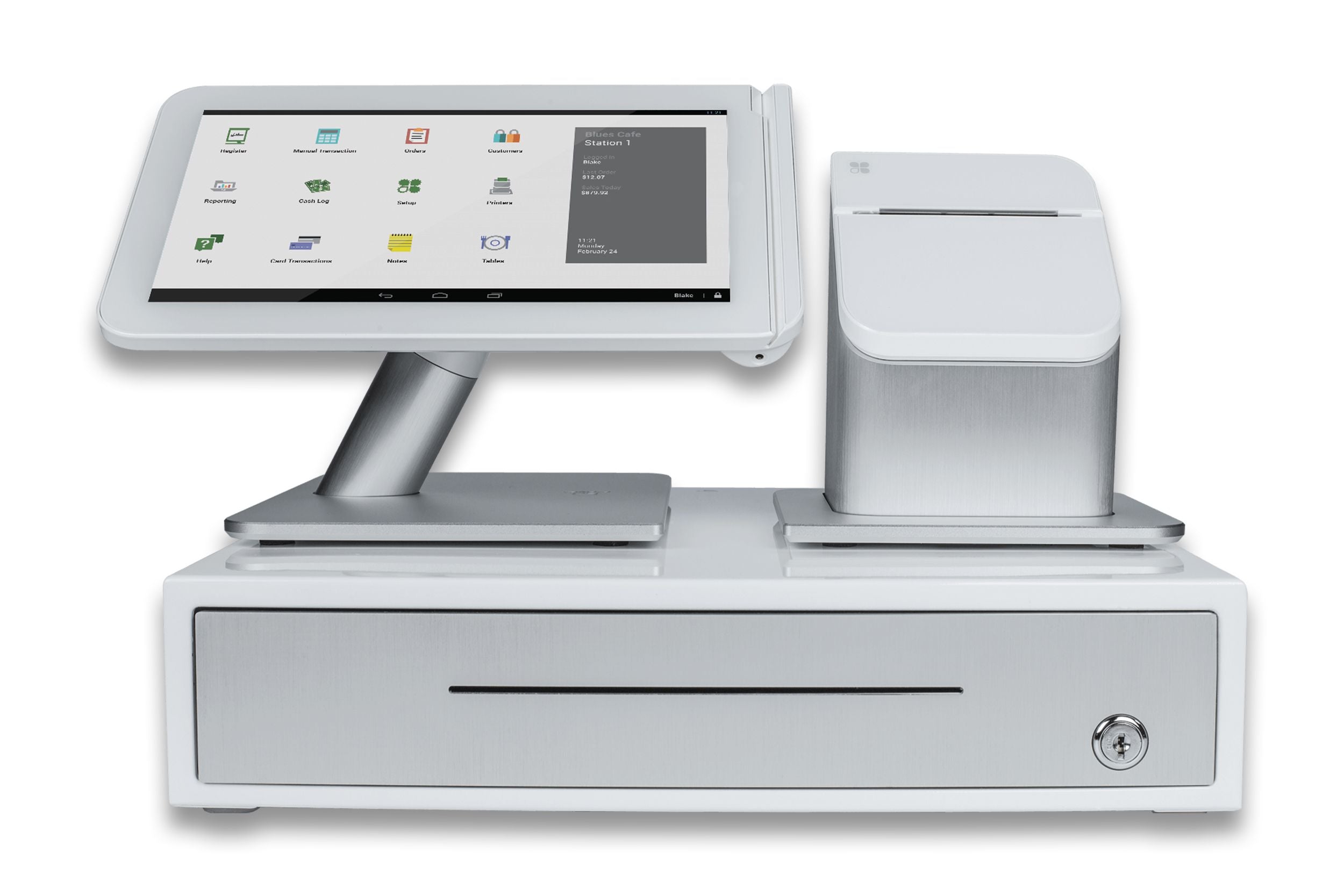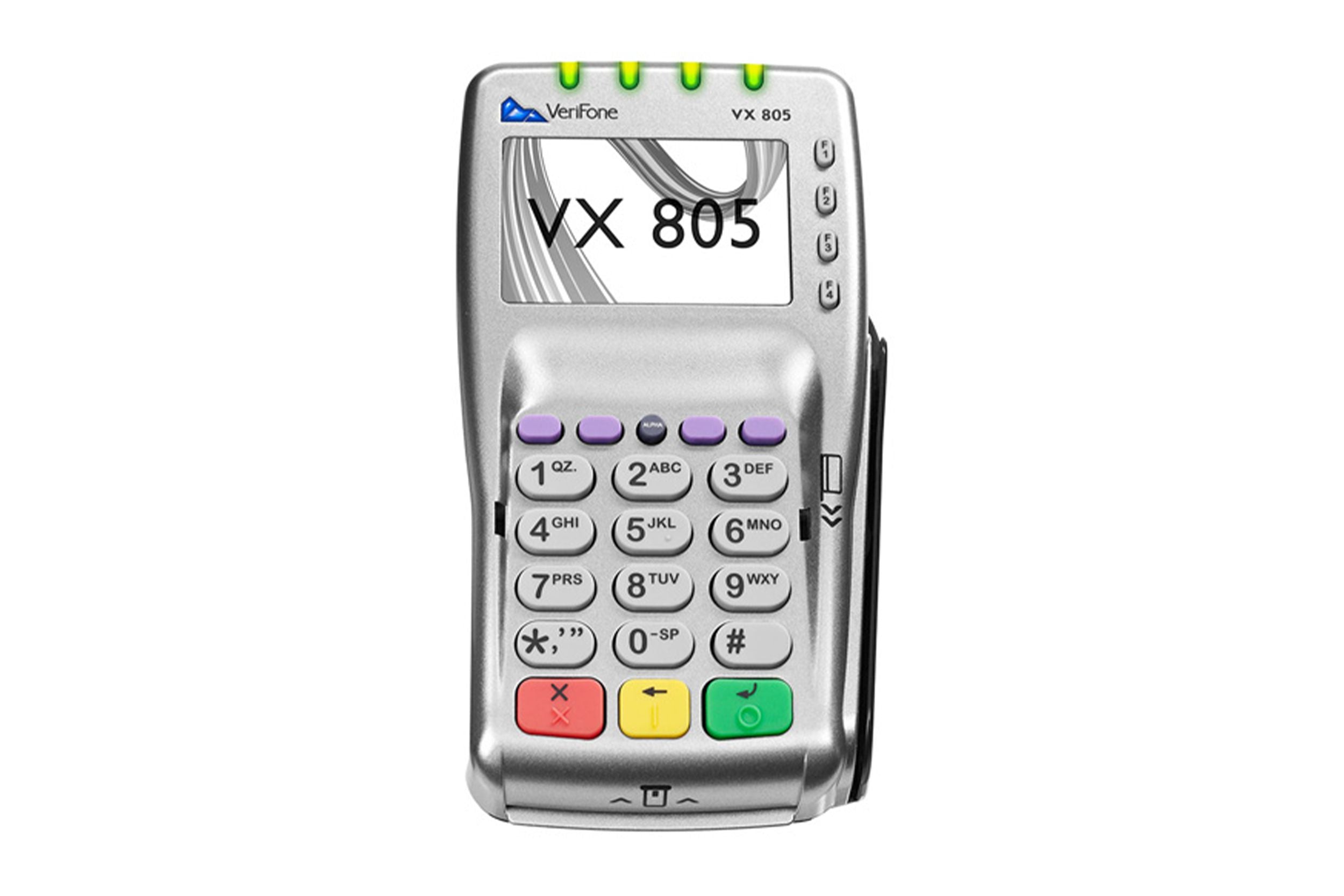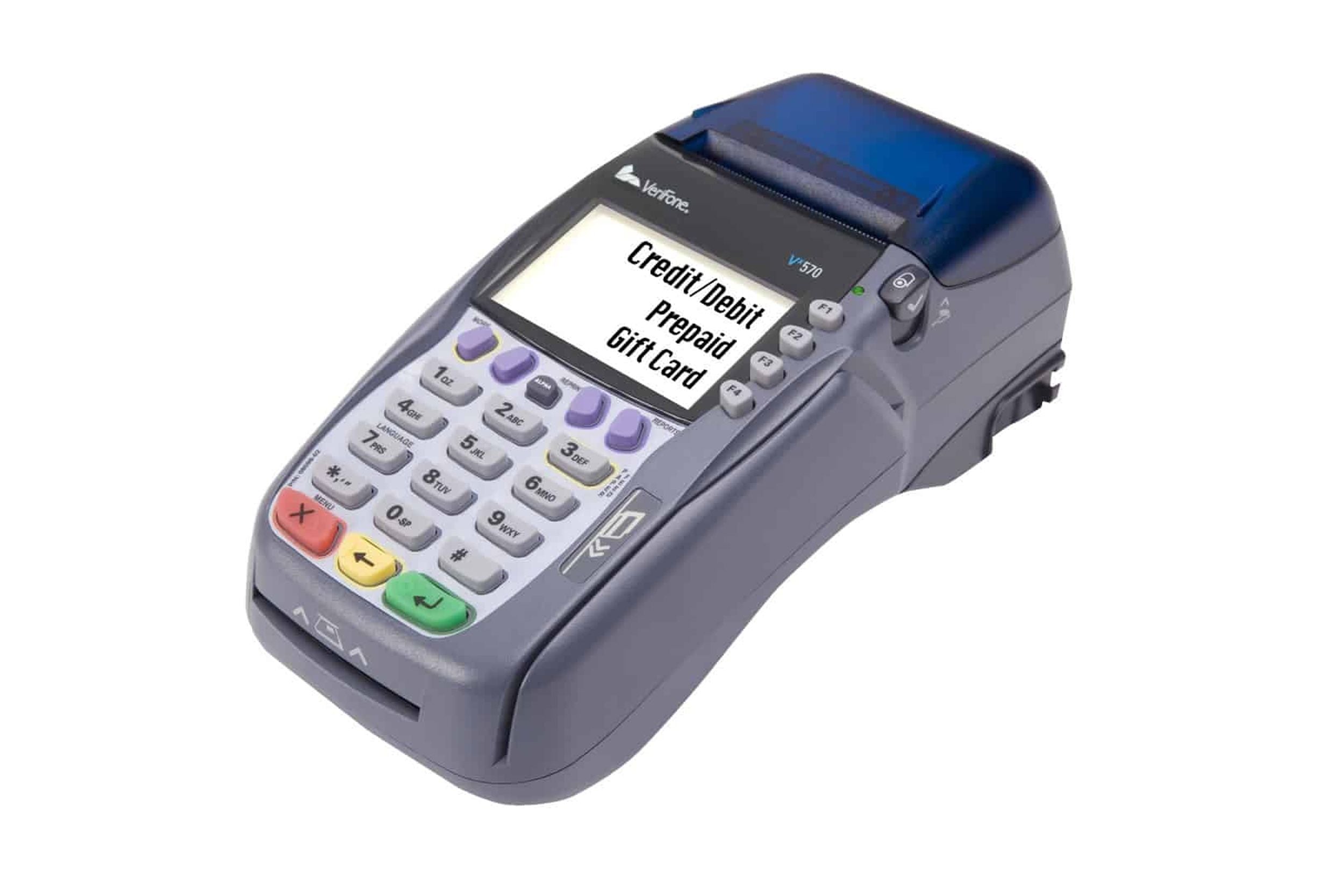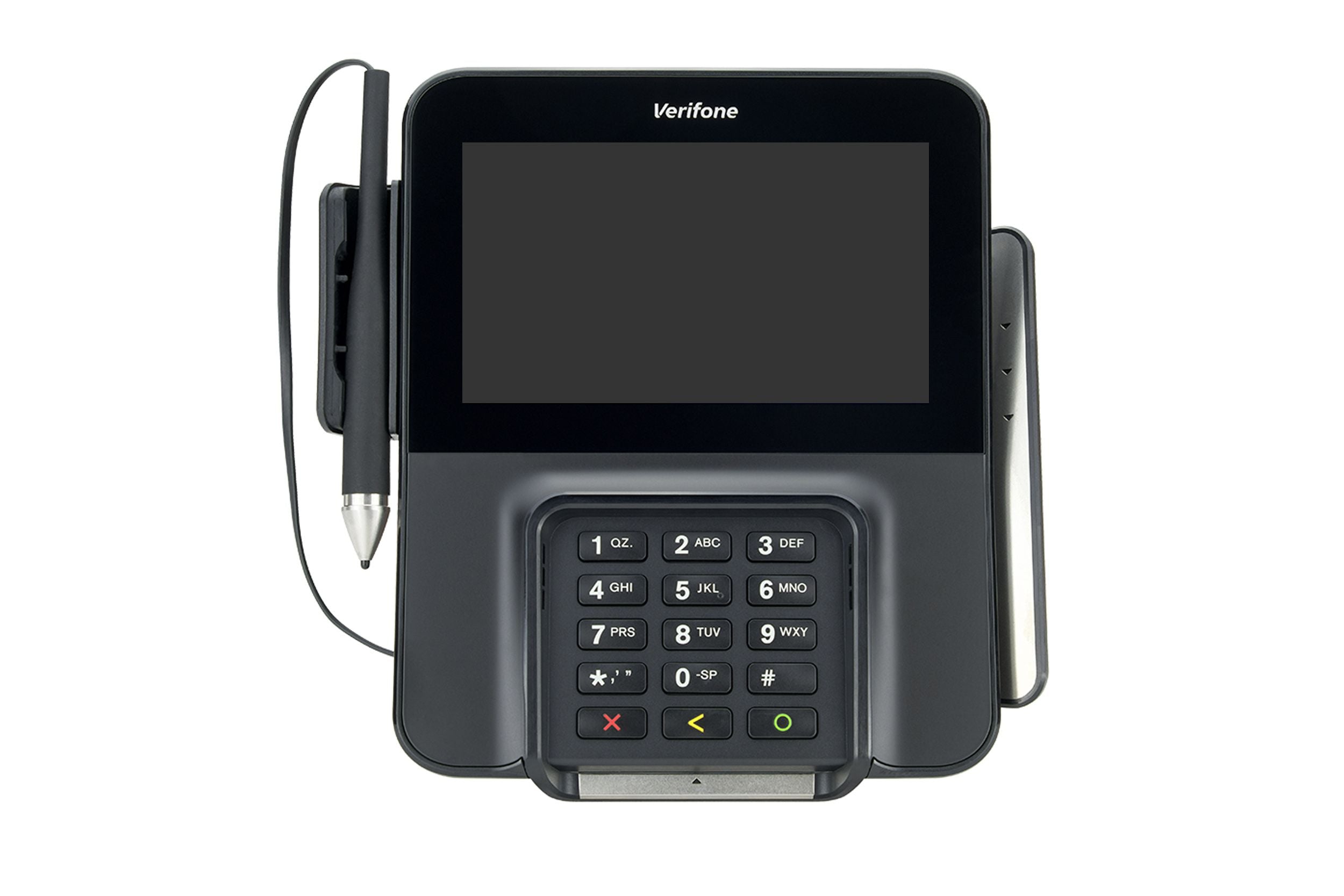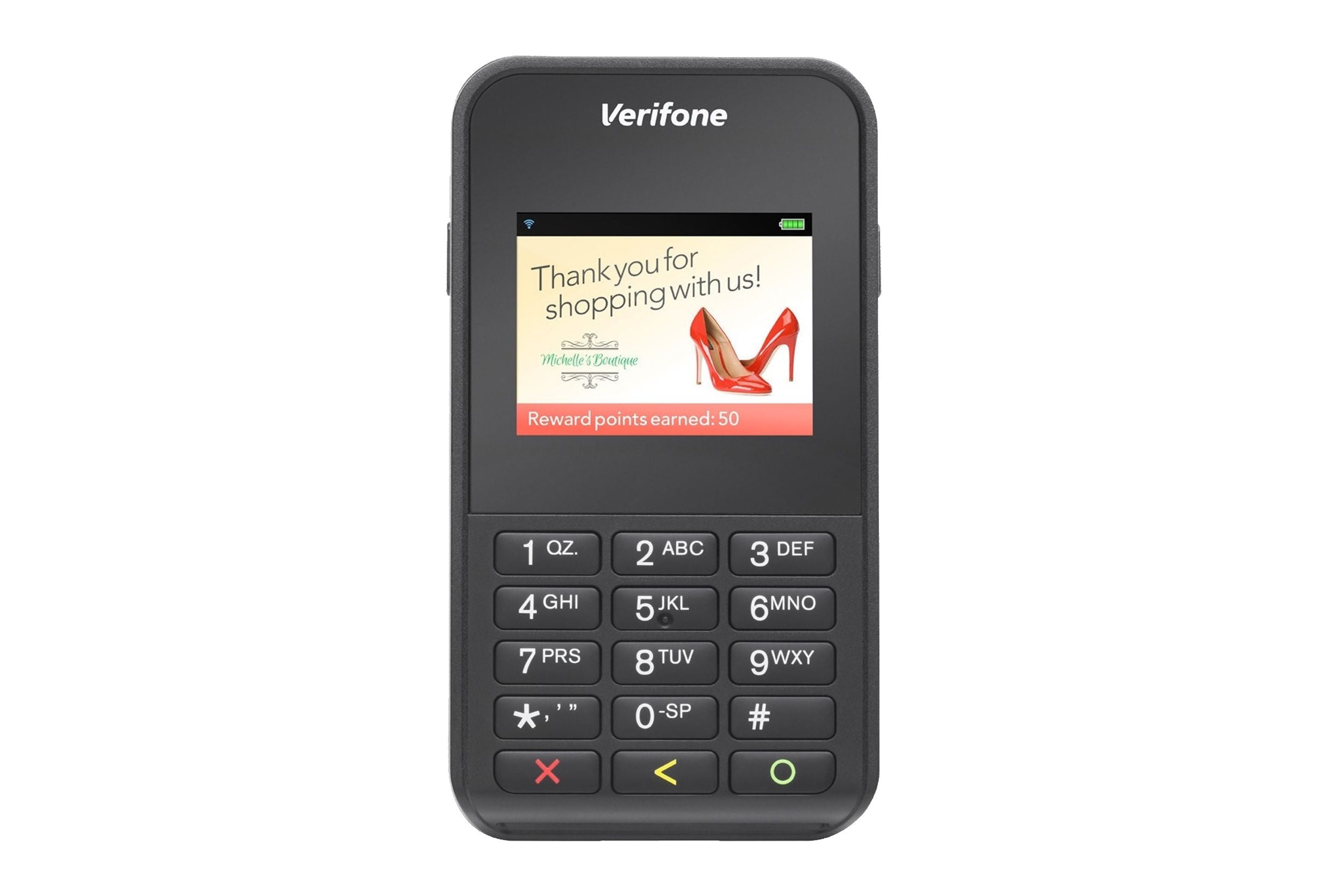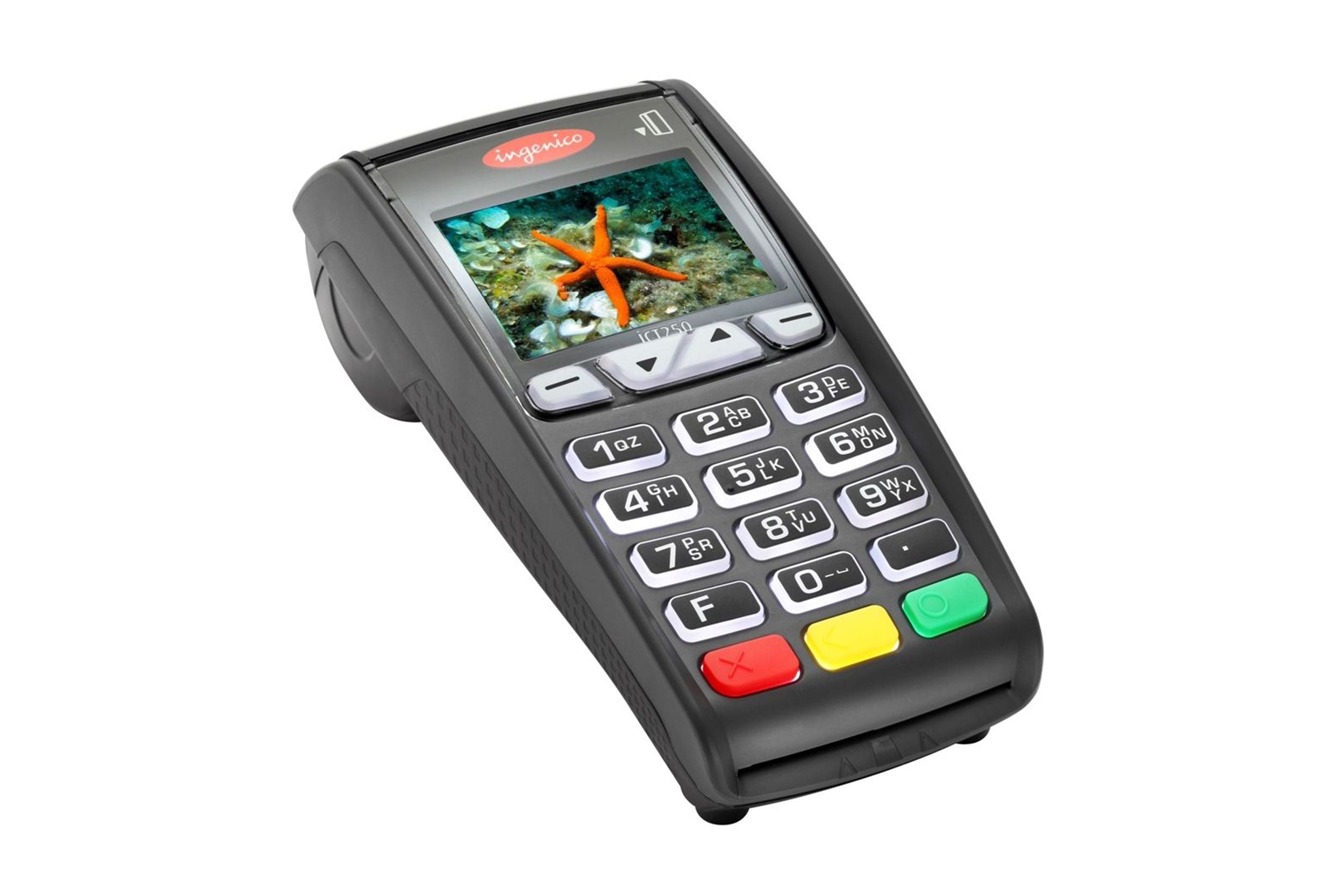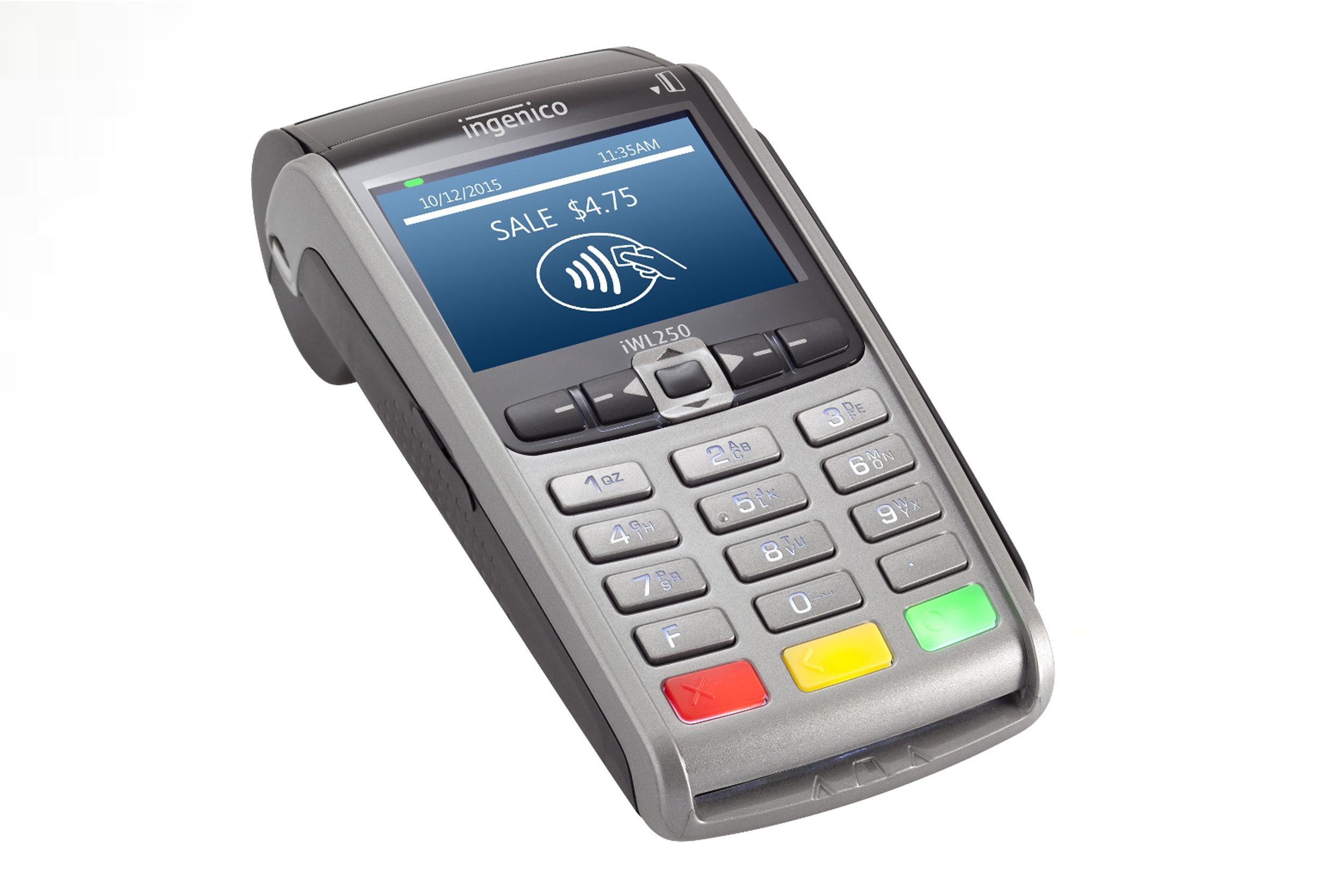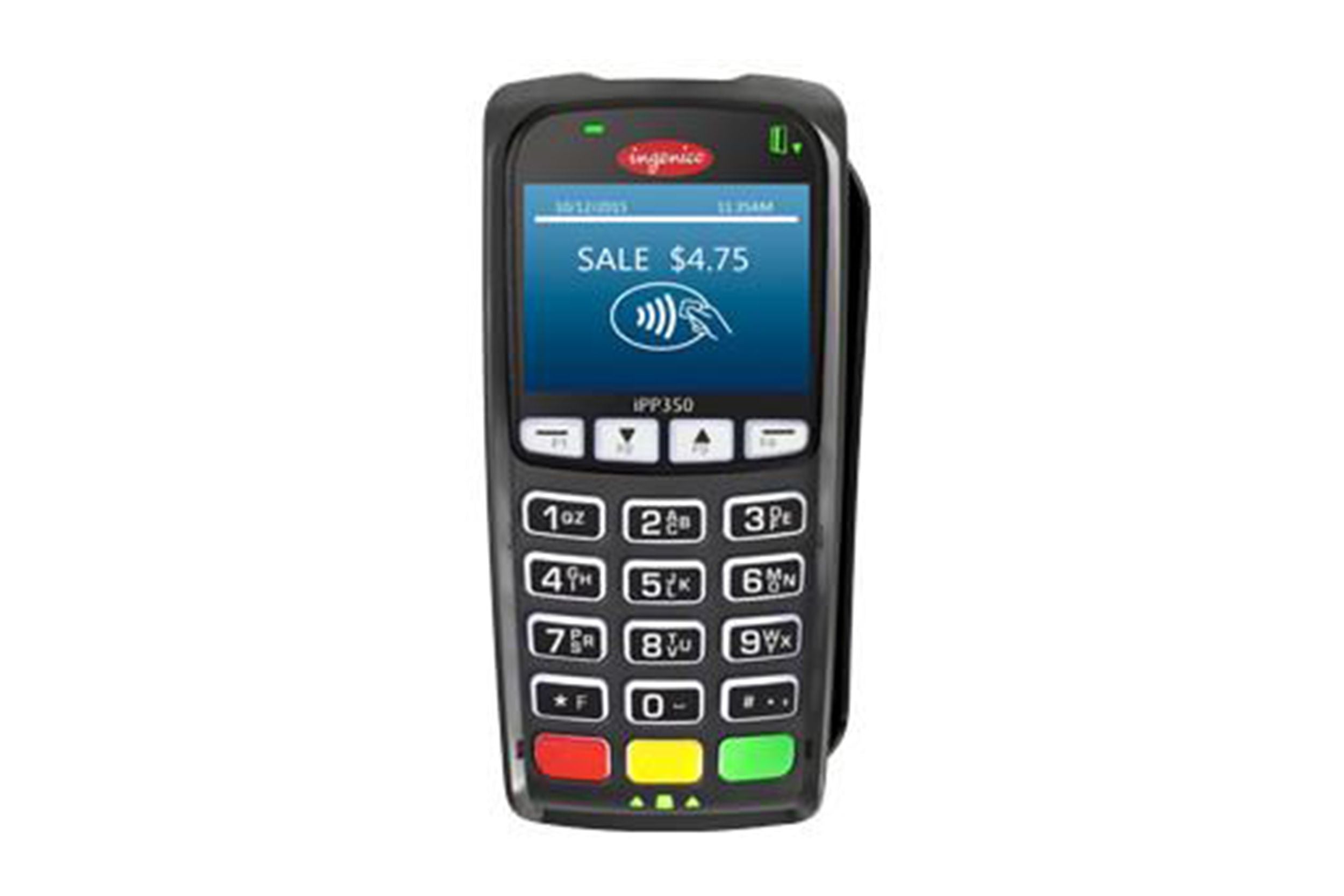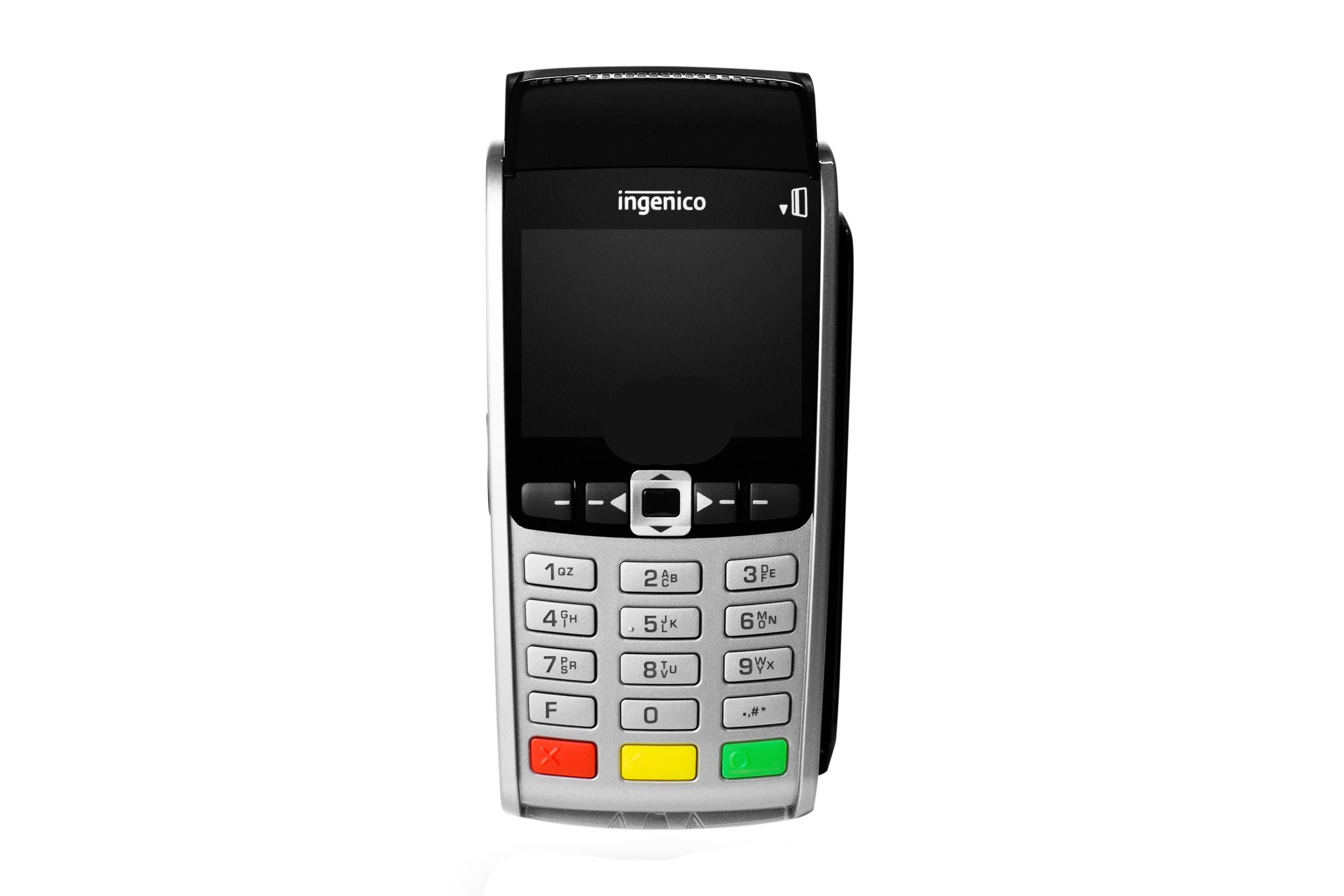
FAQs
What is an EMV terminal?
Why are EMV chip cards more secure?
Do I need to upgrade to an EMV terminal?
Can EMV terminals process contactless payments?
How do I know if my EMV terminal is working properly?
What should I do if my EMV terminal is not working?
What types of payment methods can EMV Terminals accept?
Do EMV Terminals require a PIN for chip card transactions?
Can EMV Terminals process transactions offline?
Are there EMV Terminals specifically designed for specific industries or businesses?
As technology continues to advance, the way we handle financial transactions has also evolved. One of the latest innovations in the payment industry is the EMV terminal. In this comprehensive guide, we will delve into the world of EMV terminals, exploring what they are, their key features, how to choose the right one, their impact on payment processing, and future trends surrounding this technology.
What is an EMV Terminal?
An EMV terminal is a payment terminal that is equipped to handle EMV chip card transactions. EMV stands for Europay, Mastercard, and Visa, the three companies that originally created the EMV standard. The technology behind EMV terminals is centered around the use of chip cards, which are more secure than traditional magnetic stripe cards.
Understanding EMV Chip Technology
EMV chip technology involves the use of a microchip embedded in the card, which generates a unique code for each transaction. This dynamic data makes it extremely difficult for fraudsters to clone cards or execute counterfeit transactions, thus enhancing security.
Importance of EMV Terminals for Secure Transactions
EMV terminals play a crucial role in ensuring secure transactions for both merchants and customers. By using chip cards and supporting EMV transactions, these terminals significantly reduce the risk of credit card fraud and unauthorized transactions.
Benefits of Using EMV Terminals for Merchants
Merchants benefit from using EMV terminals through reduced liability for fraudulent transactions, improved customer trust, and compatibility with the latest payment technologies. Adopting EMV terminals can also boost credibility and demonstrate a commitment to security.
Key Features of EMV Terminals
EMV terminals come with a variety of features that make them stand out in the payment terminal market. From contactless payment options to the way EMV transactions are processed, understanding these key features is essential for merchants looking to upgrade their payment solutions.
Overview of Contactless Payment Options
Many EMV terminals support contactless payments, allowing customers to simply tap their cards or mobile devices to make secure transactions. This feature offers convenience and speed at the checkout counter.
EMV Transactions: How They Work
EMV transactions involve the chip card authenticating itself with the terminal to authorize the payment. This process is more secure than traditional magnetic stripe transactions, as it relies on dynamic transaction data that is unique to each purchase.
EMV Terminals and Payment Processing
When it comes to payment processing, EMV terminals play a vital role in ensuring compliance with industry standards and regulations. Understanding how EMV technology integrates with point of sale systems and the importance of compliance is essential for businesses.
Mastercard and Visa Compliance Requirements
Mastercard and Visa have specific compliance requirements related to EMV terminals and chip card transactions. Merchants must adhere to these standards to avoid penalties and ensure a secure payment environment for their customers.
Integrating EMV Terminals with Point of Sale Systems
Integrating EMV terminals with point of sale systems is crucial for streamlined operations and accurate transaction records. This integration allows for seamless communication between the terminal, payment processor, and POS software.
EMV Technology and PCI DSS Compliance
EMV technology is closely linked to PCI DSS (Payment Card Industry Data Security Standard) compliance, which is a set of security standards designed to protect cardholder data. Businesses handling card transactions must ensure they are compliant with these regulations to maintain data security and prevent breaches.
Choosing the Right EMV Terminal
Selecting the appropriate EMV terminal for your business requires careful consideration of various factors. Whether you run a small enterprise or a large corporation, finding a terminal that meets your specific requirements is essential for seamless payment processing.
Considerations for Small Businesses
Small businesses should look for EMV terminals that offer affordability, ease of use, and compatibility with their existing point of sale systems. Additionally, considering future scalability and growth potential is crucial when making a decision.
Wireless EMV Terminals: Advantages and Limitations
Wireless EMV terminals provide flexibility and mobility for businesses that require on-the-go payment processing. While they offer convenience, businesses need to be aware of connectivity issues and battery life limitations that come with wireless technology.
EMV Terminals with Advanced Security Features
For maximum security, merchants should opt for EMV terminals that come equipped with advanced security features such as encryption, tokenization, and anti-tampering mechanisms. These security layers help safeguard sensitive card data and prevent fraudulent activities.
Securing Transactions with EMV Terminals
Role of EMV Terminals in PCI Compliance: Payment Card Industry (PCI) compliance requires merchants to adhere to strict security protocols when processing card transactions. EMV terminals play a crucial role in achieving PCI compliance by safeguarding cardholder data and preventing breaches. Enhanced
Security Features of EMV Chips
EMV chips contain encrypted data that is difficult to replicate, making it challenging for fraudsters to counterfeit cards. This advanced security feature enhances transaction security and reduces the likelihood of fraudulent activities, protecting both merchants and consumers.
Using PIN Pads for Secure Transactions
PIN pads, combined with EMV terminals, enable secure transactions by requiring cardholders to enter their unique PIN for verification. This additional verification step adds another layer of security, reducing the risk of unauthorized transactions and enhancing overall payment security.

